Editor’s Note: This post is written by a member of LTV’s sponsored content team, The Leisure Explorers. Do you own a Leisure Travel Van and enjoy writing? Learn more about joining the team.
Historic Buildings, Places, and People Along the Coast
For some of us, our great-great relatives and their contemporaries were Colonists who helped build America before and during the Revolutionary War about two hundred and fifty years ago. In many ways, America of this earlier era looked like what you can see along the Georgia coast today: barrier islands with inviting beaches, marsh, and scrub with forests of pine and oak, and plentiful wildlife.
Today, a leisurely drive along the nooks and crannies of the 50-mile-long Georgia Coast between Savannah and Brunswick reveals similar coastal vistas of yesteryear. You’ll see old churches and cemeteries sprinkled here and there along the coast.
If you stop at an old church, ponder this historical fact as a differentiator from some attitudes today. In the Colonial era, guns-to-church laws were common. Indians and bandits were threats in a country where English, Spanish, and French explorers and other immigrants roamed. A widespread sentiment during the colonial period was a well-armed congregation would be able to deter hostile actors at or in transit to places of worship. If you look hard enough, you’ll find the tombstones of those engaged in armed church-related conflicts back in the day.
Historic sites in Coastal Georgia are chock full of interesting oddities, such as the guns-to-church practice. Along the way, you’ll see the imprimatur of several centuries of an evolving Southern culture: the food and the deep South allure.
In this fourth part of our series about Coastal Georgia, we’ll continue our journey down the Georgia coastline and cite three destinations that will pique your interest if only because they are quirky and unique: Sapelo Island, an active remnant of the Gullah Geechee culture; the Blackbeard Island National Wildlife Preserve and; Fort King George at Darien.
If you haul kayaks, tow a boat, are an ardent birdwatcher, or love historic sites, this section of the coast may be for you.
Discover Sapelo Island and the Gullah Geechee Culture
The Smallest Church in America was our last stop in Part III of this series. Seventeen miles south of the church, on Landing Road SE, just off Route 99, is the Sapelo Island Visitors Center.
Sapelo Island is a 16,500-acre state-protected barrier island that is the fourth largest of the coastal Georgia islands and is accessible only by boat or light aircraft. To visit the Island, you can park your LTV for the day at the center and take a ferry to the Island. You’ll need reservations.
The Gullah Geechee: People of West African Descent
Sapelo fuses coastal beauty with a small Gullah Geechee community. The Gullah Geechee are descendants of West Africans brought to the coasts of Georgia and South Carolina during the Transatlantic slave trade era. During the 1700s, these enslaved peoples worked on rice, indigo, and cotton plantations. The Hofwyl-Broadfield Plantation, just south of Sapelo and Darien, is now a State Park and presents facts about plantation life in the Colonial era.
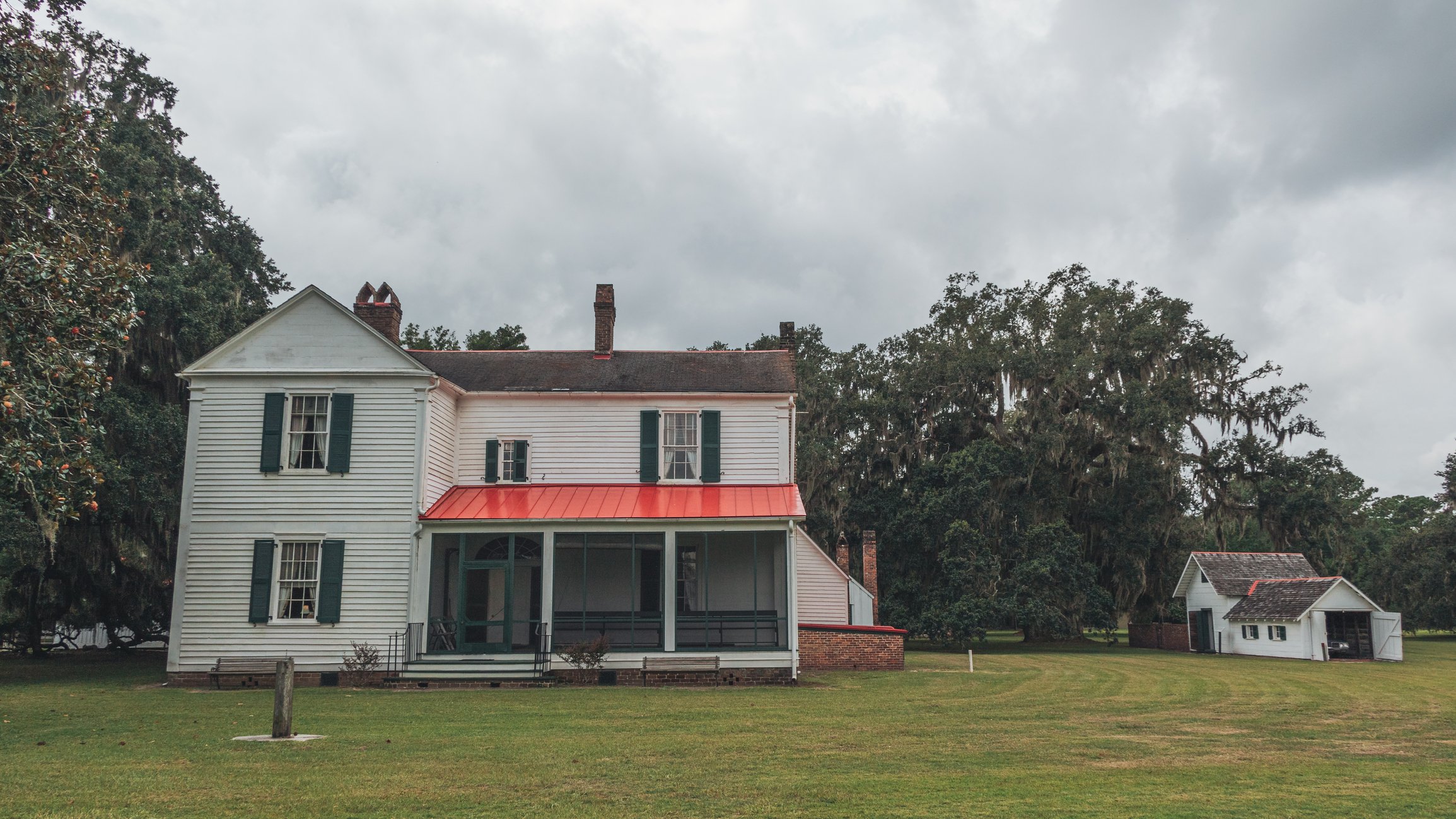
Despite the harrowing history of their ancestors, the Gullah Geechee descendants retain much of their cultural heritage. Their foods reflect a blend of West African and Colonial American influences, and their unique language is a blend of English and West African dialects. Both symbolize a unique people’s resilience, pride, and cultural identity.
Traditional Gullah Geechee Crafts and Practices
When you visit Sapelo, you’ll see how the creativity, skill, and cultural memory come to life in the form of the Gullah Geechee’s traditional crafts and artistic practices.
- You’ll see sweetgrass baskets woven with precision and patience, each a testament to the craftsmanship passed down for generations.
- You’ll note hand-sewn quilts that display patterns that suggest messages of freedom and resilience.
- You’ll see homes with distinct designs, each a blend of practicality and art designed to survive coastal Georgia’s climate.
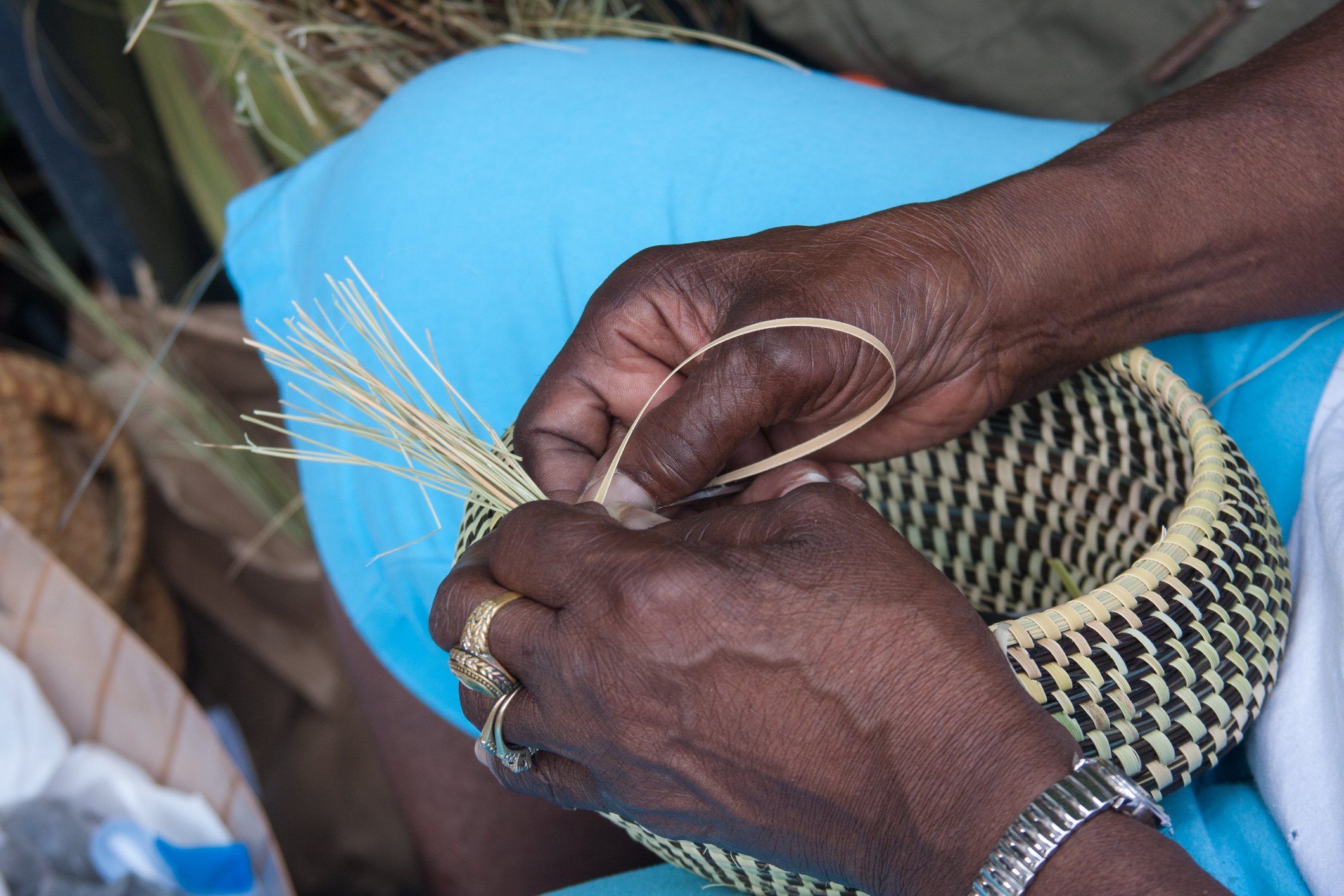
If you’re lucky, your visit may coincide with an annual festival, during which you can sense the breadth of the unique Sapelo culture in one visit.
- You’ll witness spiritual rituals imbued with African and Christian influences.
- You’ll sample traditional recipes like seafood gumbo, shrimp, grits, Hoppin’ John, a rice and black-eyed pea dish, and local staples such as okra and sweet potatoes.
- Tales from the African diaspora, such as Br’er Rabbit and Anansi the Spider, reveal vibrant West African influences. Sapelo island folklore and oral histories aren’t just for entertainment; they’re vehicles of wisdom that teach life, morality, and survival lessons.
The Beauty of Sapelo Island
Sapelo Island presents a treasure trove of natural beauty. The Island is a haven for nature lovers, from its pristine beaches to lush marshlands. Here are some natural wonders you won’t want to miss:
- Nanny Goat Beach: A beautiful stretch of sand perfect for sunbathing and beachcombing.
- Marshlands: Explore the vast marsh areas where you can spot various wildlife, including the endangered species that call this island home.
- Live Oak Forests: Wander through ancient forests draped in Spanish moss, offering a serene escape from the hustle and bustle.
Explore Blackbeard Island
Blackbeard’s Island is accessible only by boat. If you can make the trip, you’ll find what awaits you to be rewarding.
Boaters and kayakers will find this area along the Georgia coast offers boundless opportunities for exploration. Sapelo is nearly contiguous with Blackbeard’s Island, separated only by Blackbeard’s Creek. You can put your watercraft to sea at a public dock and spend a day exploring the tributaries and beaches between and on each Island.
Blackbeard Island is a National Wildlife Preserve. You’ll be hard-pressed to find a human footprint on the Island. You’ll likely see rare sea turtles and other wildlife usually seen only in remote areas.
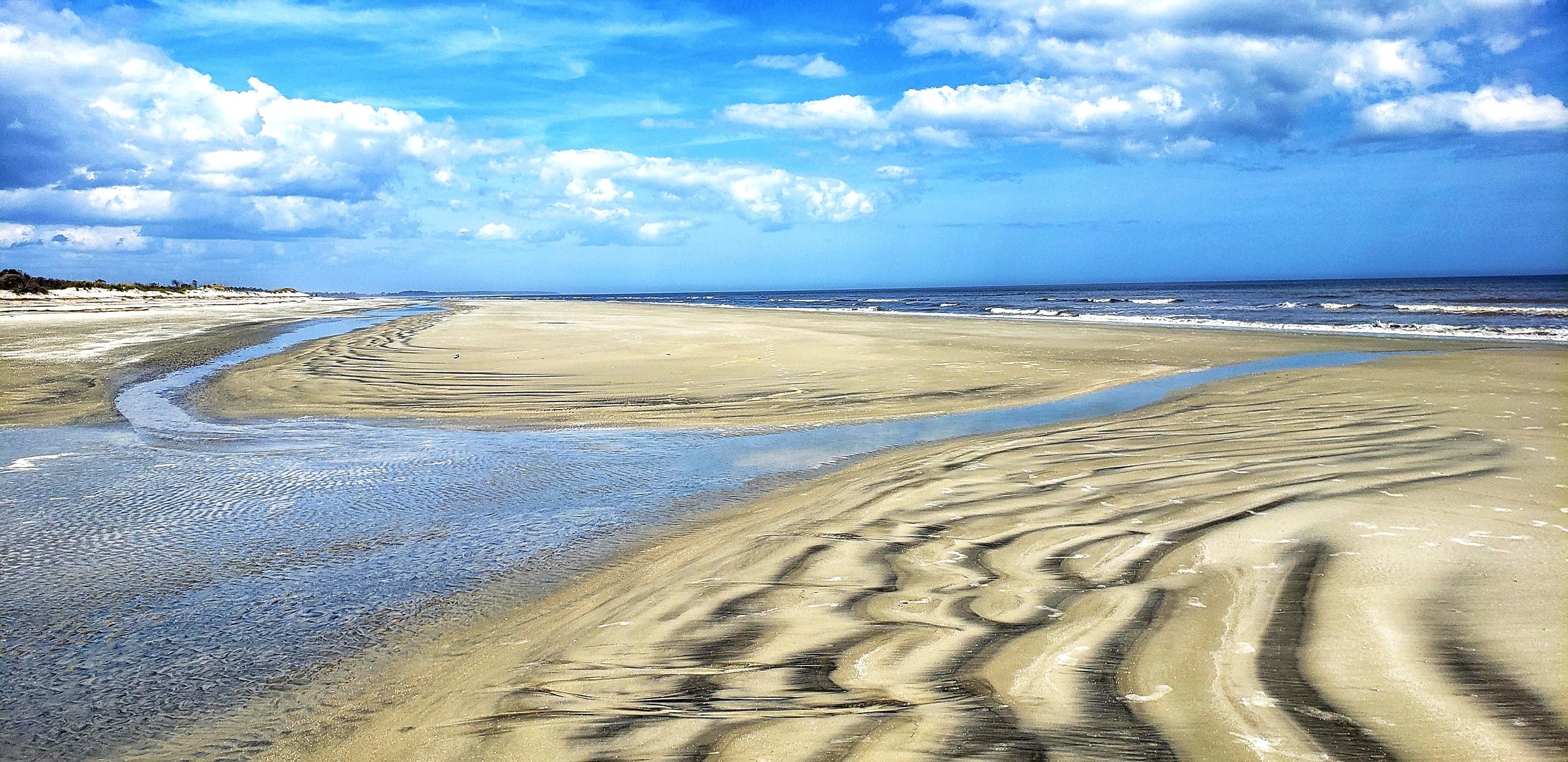
If you visit, think about Sir Edmund Teach, aka Blackbeard, the Pirate, as you walk around this Island. Take a look at the Island’s setting. You’ll note the Island is accessible from the sea from only two points: the intercoastal waterway on the bay side or the Cabretta Island Inlet on the Atlantic ocean side. Both entry points are fraught with hazards for entry by ships. It’s easy to infer why Blackbeard selected this Island as a hideaway. A high tide must be present to enter the Island from either access point. Blackbeard’s Creek is serpentine. A hostile force could not evade discovery in an attack from the sea.
The good news is that if you have a kayak or small boat, Blackbeard is accessible at no cost to you. Charter boat services can take you to these islands near Sapelo and Blackbeard.
Travelers Alert
Resist the temptation to collect Spanish Moss. You’ll see it on the land and in the trees in the area.
The American Colonists found out the hard way this aerial plant, known as an epiphyte, is not optimal material for stuffing pillows since the plant is often home to a tiny mite known as a chigger. Bites from these insects can cause severe skin irritation and itching. The moss can be put to practical and decorative use with proper cleaning.
Visit Fort King George at Darien
In the 1720s, the British colony of South Carolina encompassed the entire Southeast coastline of America from present-day Charleston south to Florida and from the Atlantic coast to the Mississippi River. Imperialists in South Carolina sought to expand and protect their business interests in the Southeast by establishing a settlement at Darien and constructing Fort King George.
In the late 1600s and early 1700s, France built forts and colonies along the Mississippi River at Biloxi, Mobile, and New Orleans. South Carolinians saw this move as a threat to their fur and hide trading businesses and as a move by the French to encircle South Carolina. At the same time, Spain built a fort at St. Augustine, Florida, to protect its shipping lanes to and from Central America and Mexico. Spanish shipping carried millions in gold and silver, making Spain the wealthiest power in Europe.
Fort King George Structure
The original structure featured a blockhouse made of red cedar, a barracks for soldiers, and a palisade fence for protection. Harsh conditions and disease took a heavy toll on the soldiers stationed here and were the primary cause of deaths of those stationed at the Fort. Despite these challenges, Fort King George remained an important military post for the British. Establishing the Colony of Georgia in 1735 set new priorities for the British and led to the abandonment of the Fort in 1727.
Today, visitors can explore an accurate reconstruction of the original Fort. The blockhouse, complete with red cedar timbers and wooden shutters, offers a glimpse into the daily lives of the soldiers who once lived there. The barracks and palisade fence have also been rebuilt, providing an immersive historical experience.
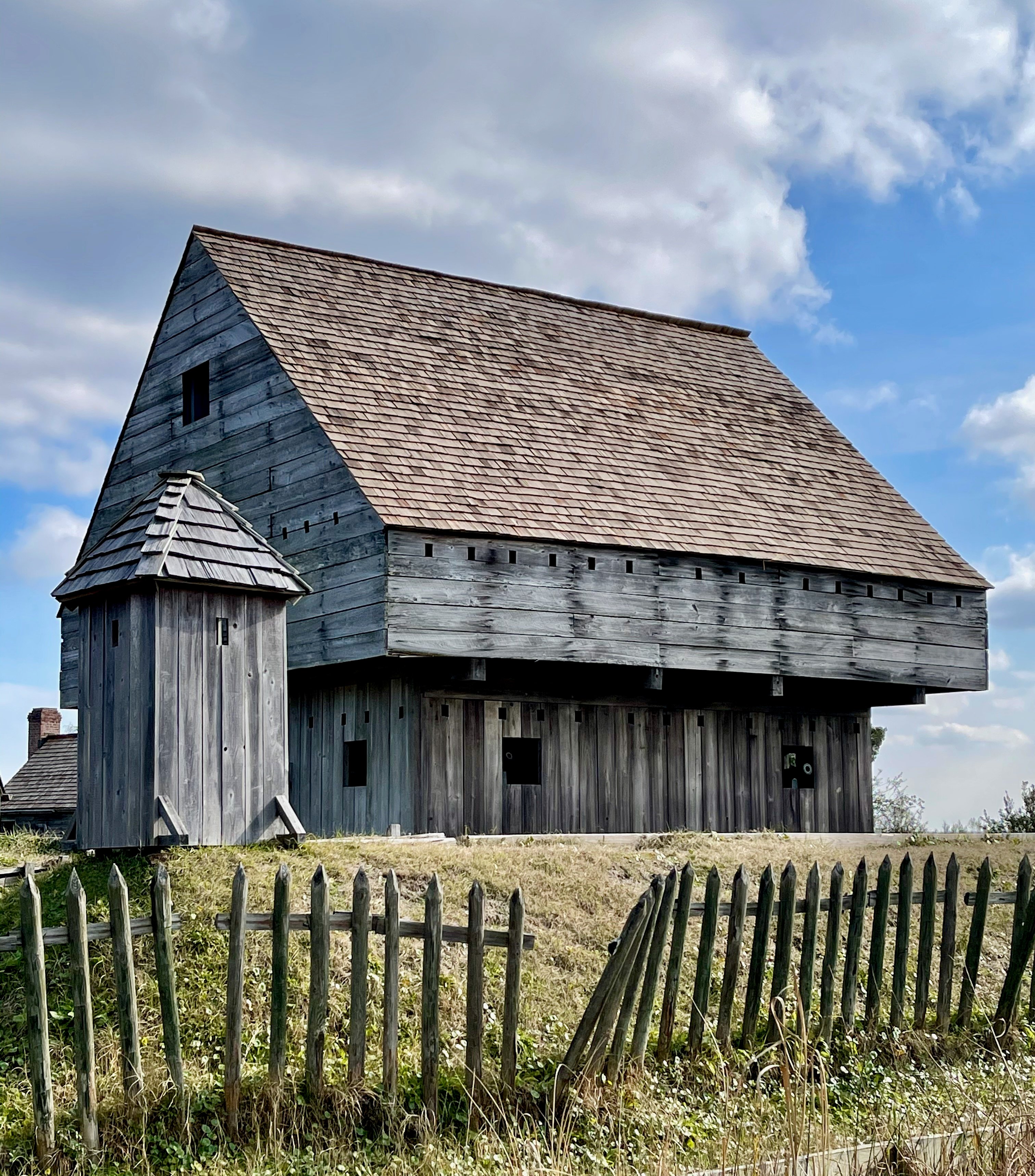
The site also includes a museum filled with artifacts, exhibits, and many books by subject matter experts that cite the significance and history of the Fort and the culture in British Colonial America.
Fort King George presents a window into the past at a 4000-year-old location home to the Guale Indians, its earliest inhabitants. It lies along the Altamaha River, which presents stunning views, nature trails, and much wildlife. Whether you’re a history enthusiast or simply looking for a scenic outing, Fort King George promises a rewarding visit.
Eat at Skippers Fish Camp
If you’re hungry after a tour of Fort King George, consider visiting Skippers Fish Camp in Darien, Georgia. This restaurant delivers a consistent 4-star dining experience and presents diverse offerings for the landlubber and seafarer.
Skippers is along the shores of the Altamaha River. You’ll notice shrimp boats moored to the seawalls in town, as shown at the beginning of this story. This place is an excellent source of local seafood. See the reviews of Skippers on Yelp.
Note: We recommend Skippers because it’s possible to order food of good quality that is not fried. Fried food is common at restaurants in the south.
Up Next
In Part V of this series, we’ll venture southerly down Route 17 along the Georgia Coast to focus on the historic maritime town of Brunswick and the beach town areas of St. Simons Island.
If you missed parts one, two, and three of this series, please check them out as we continue on this trip.


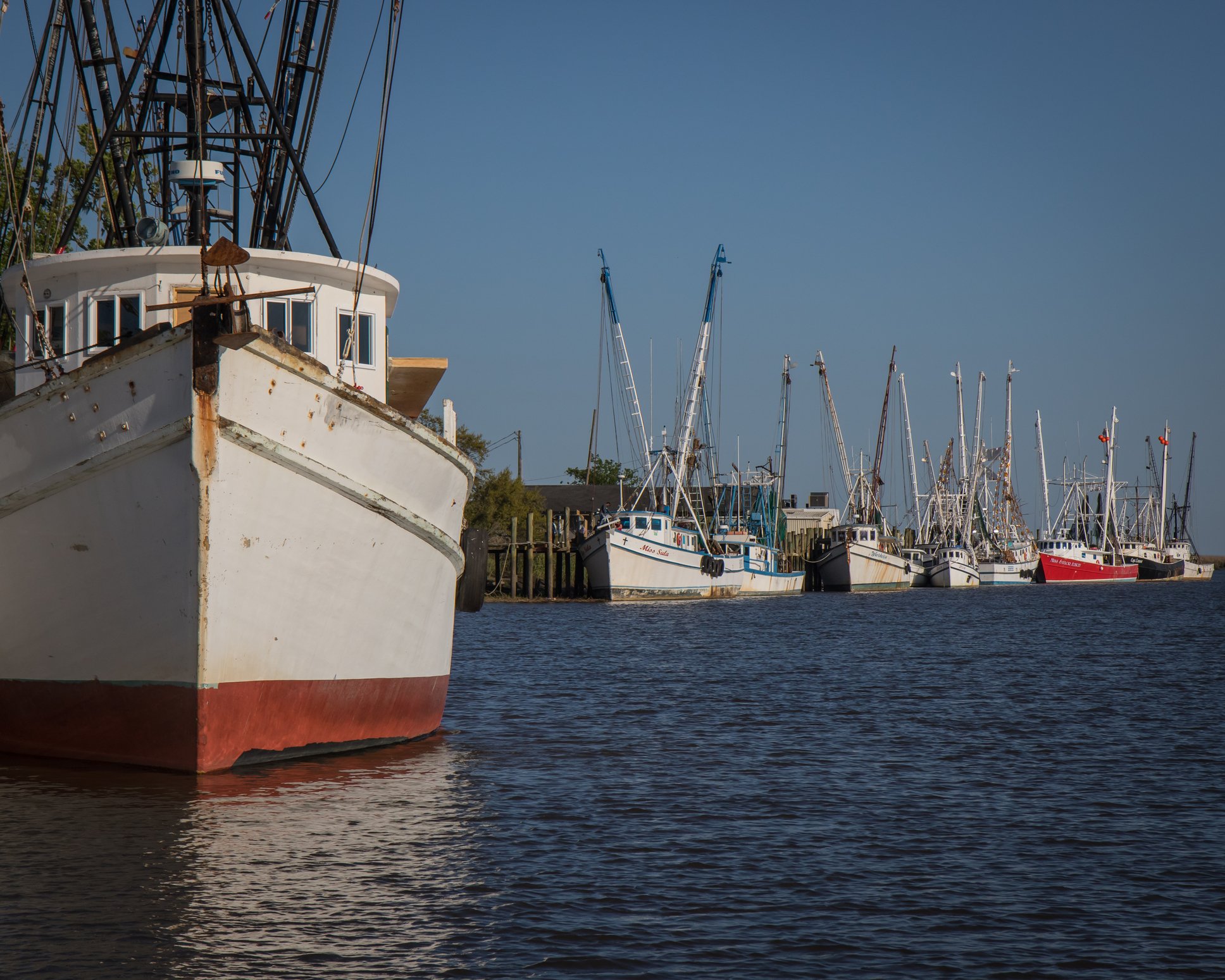
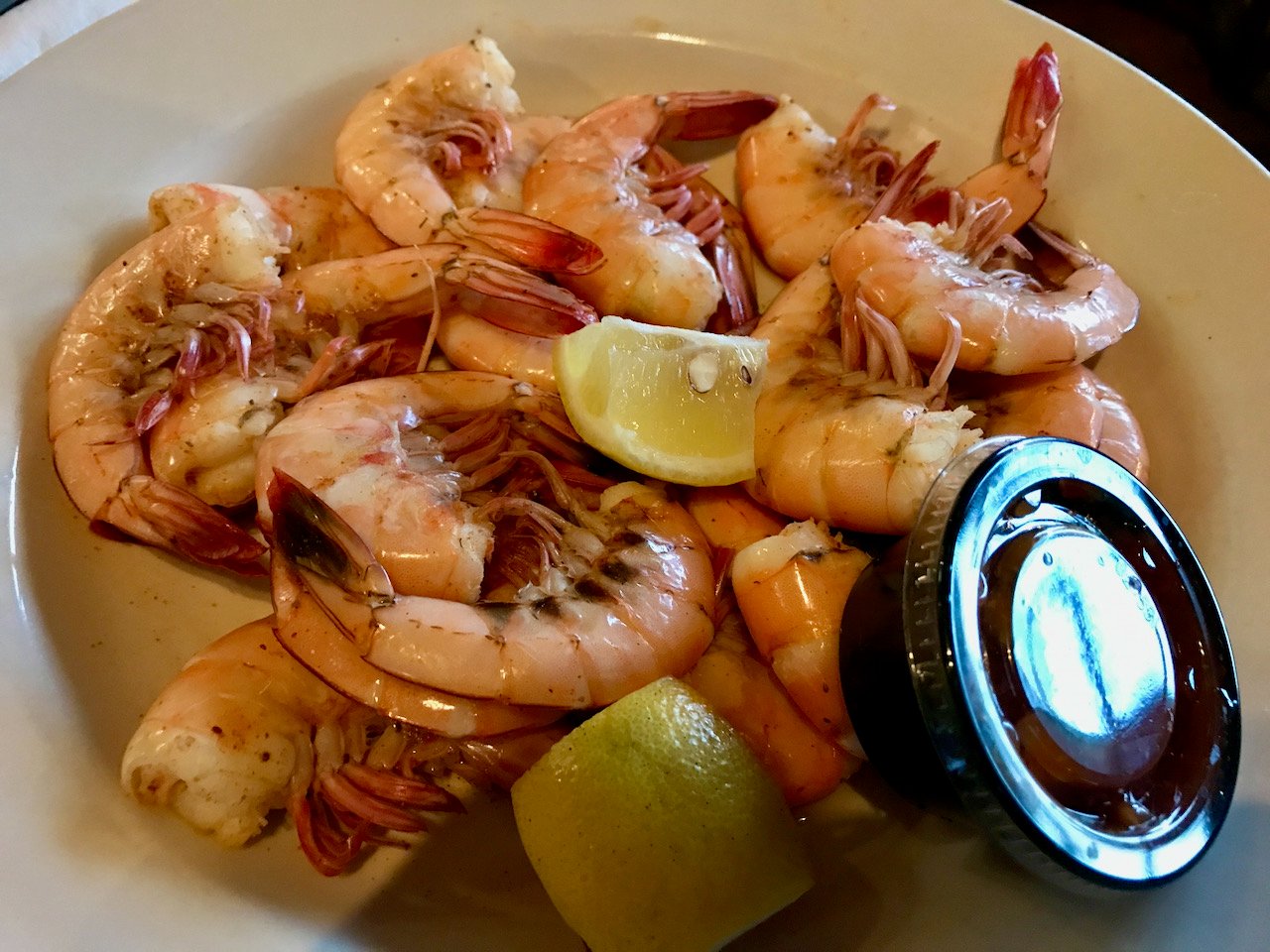
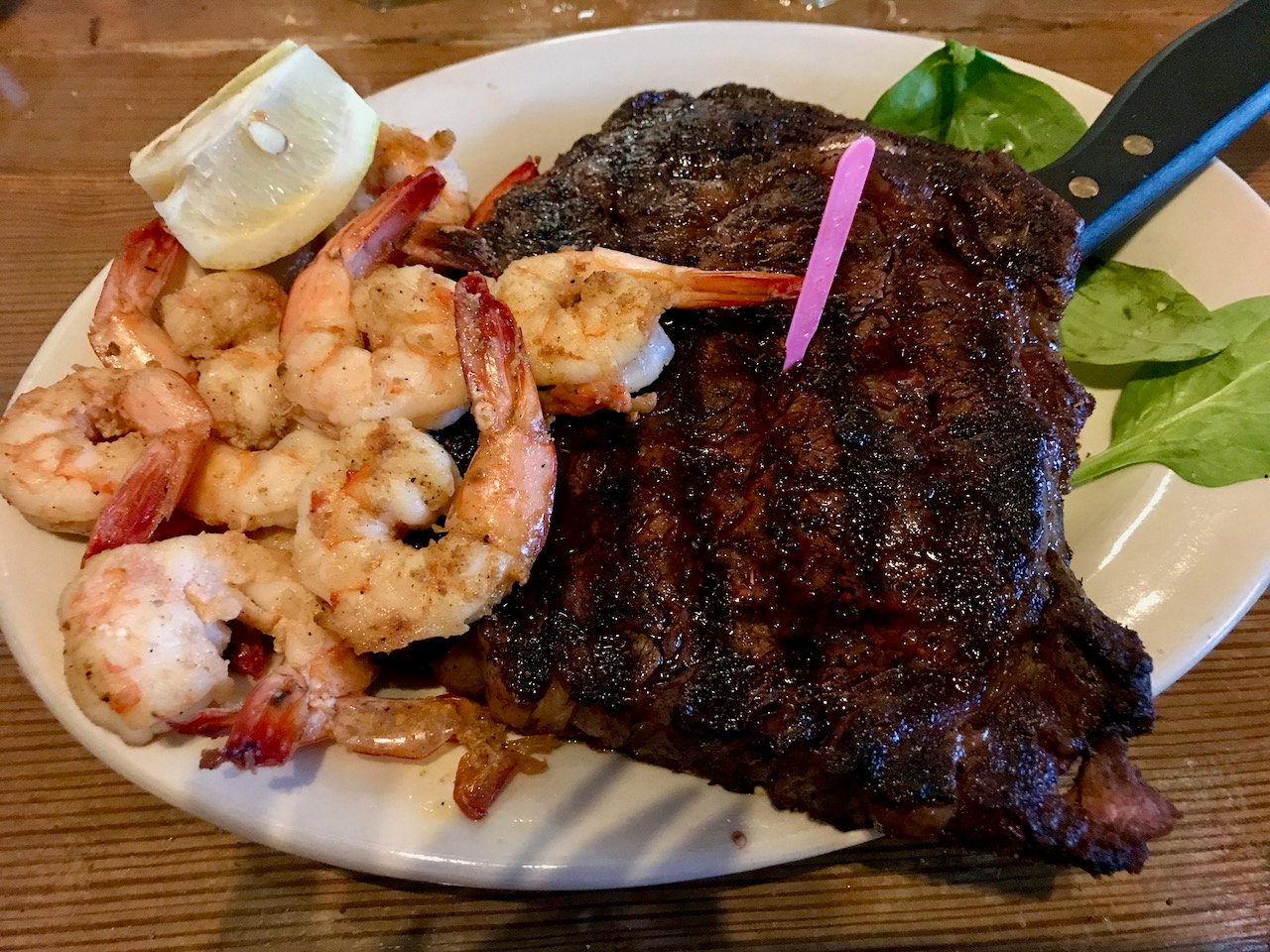


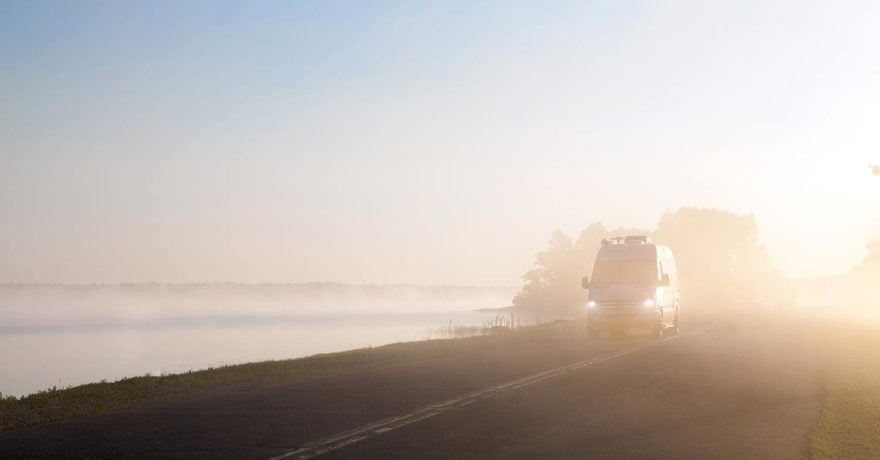
Comments